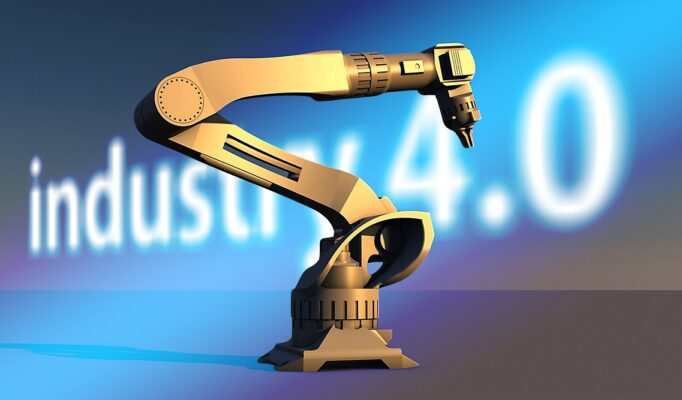Robotics: Advances in Robotics and Automation in Industry
In the dynamic world of industry, robotics and automation are revolutionizing how businesses operate, enhancing efficiency, precision, and productivity. The integration of advanced robotics into various industrial processes is reshaping traditional practices and driving innovation across multiple sectors.
1. The Evolution of Robotics and Automation
Robotics refers to the design, creation, and application of robots—machines that can perform tasks autonomously or semi-autonomously. Automation involves the use of technology to perform tasks with minimal human intervention. Together, robotics and automation streamline workflows, reduce errors, and boost operational efficiency.
2. Breakthroughs in Robotics
Several significant advancements are pushing the boundaries of robotics:
- Enhanced Precision: Modern robots are engineered for high precision, allowing them to perform complex tasks with remarkable accuracy. This is crucial for industries where precision is key, such as automotive manufacturing and electronics assembly.
- Collaborative Robots (Cobots): Cobots are designed to work safely alongside human operators. They feature sensors and advanced programming to ensure smooth interaction, making them ideal for tasks that require human-robot collaboration, such as assembly and quality control.
- Integration of Artificial Intelligence (AI): AI-powered robots can learn from data, adapt to new environments, and make decisions autonomously. This capability enables robots to handle unpredictable scenarios and optimize their performance in real-time.
3. Industry Impact
Robotics and automation are transforming industries in several key ways:
- Manufacturing: Robots are widely used in manufacturing for tasks such as welding, painting, and assembly. They enhance production speed, improve product quality, and reduce labor costs, leading to more efficient and reliable manufacturing processes.
- Logistics and Warehousing: In logistics, robots automate the handling of goods, from sorting to packing and transporting. Automated systems improve warehouse efficiency, reduce errors, and speed up inventory management.
- Healthcare: Surgical robots are revolutionizing healthcare by enabling minimally invasive procedures with high precision. Additionally, robots assist in patient care and rehabilitation, improving treatment outcomes and efficiency.
- Agriculture: Agricultural robots are used for planting, harvesting, and monitoring crops. They enable precision farming, optimizing resource use and increasing crop yields while minimizing manual labor.
4. Challenges and Considerations
While the benefits of robotics are substantial, there are challenges to consider:
- Cost: The initial investment in robotics technology can be high, which may be a barrier for smaller businesses. However, the long-term gains in efficiency and productivity often justify the expense.
- Skill Requirements: Advanced robotics systems require specialized skills for operation and maintenance. Organizations must invest in training or hire skilled personnel to manage these technologies effectively.
- Job Displacement: Automation can lead to job displacement in certain sectors. Addressing this challenge involves reskilling workers and creating new opportunities in technology-driven fields.
5. The Future of Robotics
Looking ahead, the future of robotics promises continued innovation:
- Increased Autonomy: Future robots are expected to feature even greater levels of autonomy, capable of performing more complex tasks with minimal human input.
- Advanced AI Integration: Ongoing advancements in AI and machine learning will further enhance robotic capabilities, enabling robots to handle increasingly sophisticated tasks and adapt to dynamic environments.
- Broader Adoption: As technology becomes more affordable, robotics and automation will see broader adoption across various industries, driving further advancements and efficiencies.
Conclusion
Robotics and automation are at the forefront of industrial advancement, offering transformative benefits in efficiency, precision, and productivity. As technology continues to evolve, robots will play an even more significant role in shaping the future of industries, making them a critical investment for businesses aiming to stay competitive in the modern landscape.





